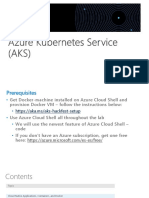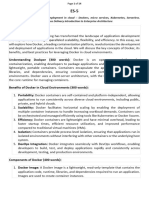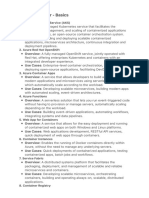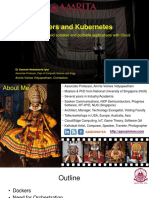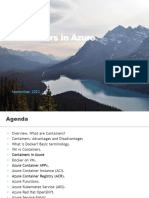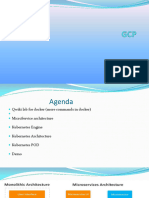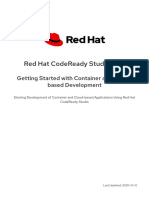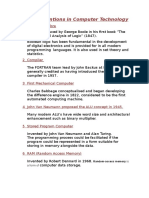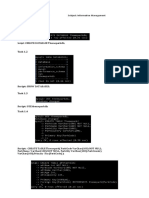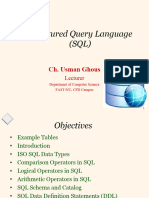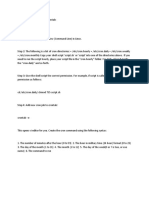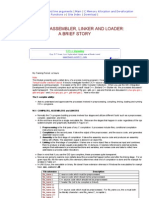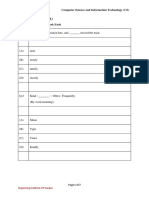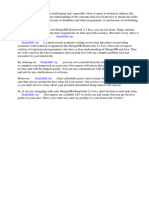0% found this document useful (0 votes)
75 views14 pagesAzure Container Solutions Guide
The document outlines various cloud services offered by Microsoft, including Redhat Openshift, Kubernetes Service, App Service, Container Instance, and Function App, focusing on deployment, scaling, and management of applications. It highlights the use of microservices architecture with auto-scaling capabilities based on different criteria, such as message queues and HTTP requests. Additionally, it discusses the integration of DAPR for microservices and the secure management of sensitive configurations through environment variables.
Uploaded by
hamedur rahimanCopyright
© © All Rights Reserved
We take content rights seriously. If you suspect this is your content, claim it here.
Available Formats
Download as PDF, TXT or read online on Scribd
0% found this document useful (0 votes)
75 views14 pagesAzure Container Solutions Guide
The document outlines various cloud services offered by Microsoft, including Redhat Openshift, Kubernetes Service, App Service, Container Instance, and Function App, focusing on deployment, scaling, and management of applications. It highlights the use of microservices architecture with auto-scaling capabilities based on different criteria, such as message queues and HTTP requests. Additionally, it discusses the integration of DAPR for microservices and the secure management of sensitive configurations through environment variables.
Uploaded by
hamedur rahimanCopyright
© © All Rights Reserved
We take content rights seriously. If you suspect this is your content, claim it here.
Available Formats
Download as PDF, TXT or read online on Scribd
/ 14






